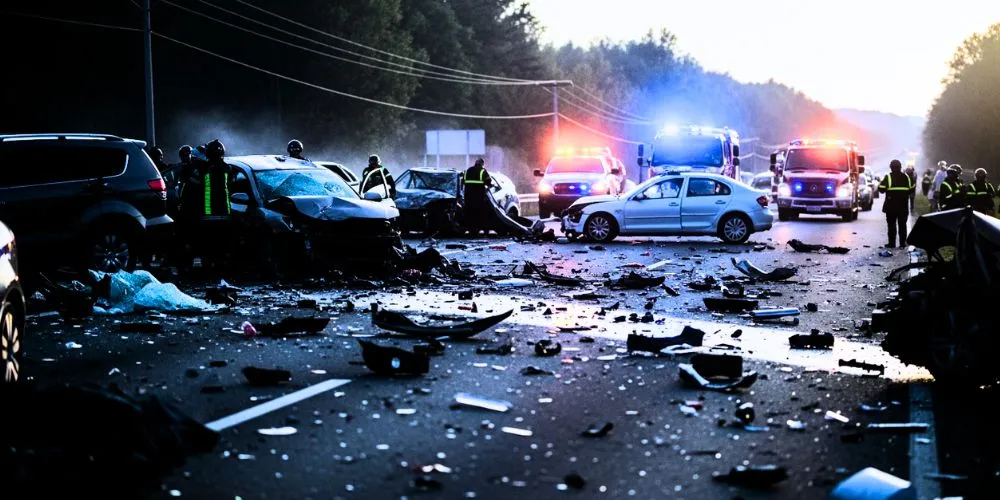Every road crash generates a veritable mountain of data. Detailed police reports, complex insurance claims, and the vehicle’s event data recorders—the “black boxes”—provide researchers with gigabytes of information on speed, impact angles, weather conditions, and braking inputs.
We have never known more about the precise physics of a collision or the specific circumstances that lead to one. Yet, despite this deluge of data, we seem stuck in a tragic cycle, implementing the same old solutions with diminishing returns.
The fundamental problem is a deep and persistent disconnect between academic research and on-the-ground policy implementation. We invest immense resources in studying the minutiae of crash dynamics in a lab, but fail to adequately research the long-term effectiveness of the real-world interventions we deploy.
Does a specific type of intersection redesign, like a modern roundabout, actually reduce fatalities and serious injuries over five years in a specific city? Are the expensive public awareness campaigns about texting and driving having any measurable impact on actual driver behavior, or are they just expensive background noise that people have learned to ignore?
We need to shift our research focus from simply describing the problem to rigorously testing the solutions. This means prioritizing long-term, empirical studies of policy changes. It means embracing pilot programs to test bold new ideas on a small scale before rolling them out more widely. And it requires creating better, faster feedback loops between academic researchers, traffic engineers, urban planners, and public health officials.
We have enough data to describe the horror of the problem in excruciating detail. It is time for our vast research efforts to focus on discovering what works to solve it.













